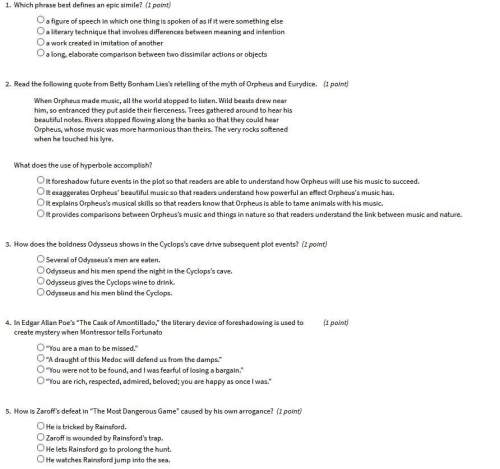
English, 31.05.2021 07:30, ninilizovtskt
Read Article A.
In 1925, there was an outbreak of disease in the small Alaskan town of Nome. The people needed medicine, but there were no roads, and the harsh weather made it impossible for a plane to reach them. The only way to get medicine to Nome was by dogsled. Twenty teams of dogs, each with a handler, or musher, braved dangerous conditions to bring the medicine from Nenana, Alaska, along the Iditarod Trail to Nome.
The first team to set out was led by a dog named Togo. Togo was a small, black and white husky who had spent most of his life pulling sleds. When he was a puppy, his owner, Leonhard Seppala, never thought he would be a good sled dog. Togo was smaller than most dogs on the team. He was ill when he was very young, and at six months old, he was given away to be a house pet. Togo did not last long as a pet. He escaped several times to return to the sled dog kennels. He ran after the team every day on their training runs, and eventually, he was given a chance to run in harness. He had found his purpose.
Togo was a natural leader, and he was the dog Leonhard Seppala trusted the most. During the run from Nenana, he led his team through life—threatening situations. One night, when the darkness and snow made it impossible for Seppala to see where they were going, and they were in grave danger from the below-zero temperatures, Togo courageously led the team across a frozen lake, avoiding the broken areas of ice. He navigated to the rest stop, saving his team from freezing in the blizzard. Togo's team brought the medicine almost 200 miles, crossing a mountain with an elevation of more than 5,000 feet and swimming through ice floes on the other side. They reached their drop-off point and passed the medicine to the next team. After the drop-off, Togo rested for a while before taking off with some of the other dogs on his team to chase reindeer. It was like a small vacation after his hard work.
The last team to carry the medicine was led by another dog, Balto. Balto's team made it to Nome in the nick of time. The medicine saved the town, and Balto was hailed as a hero dog. A statue of him was built and displayed for all to admire. Even though Togo faced greater danger and ran farther than Balto, most people honored only Balto. Togo was truly an unsung hero with the heart of a lion. Today, the dogsled journey to save Nome is remembered as the Great Race of Mercy, and every year, a dogsled race along the Iditarod Trail is run to remember the courageous and determined dogs who saved the people of Nome.
Which reason supports the author's point that Togo was an unsung hero?
It was Balto's team made it to Nome in the nick of time.
There is a statue of Balto but not Togo in Nome.
The journey to Nome is known as the Great Race of Mercy.
The last team to carry the medicine was led by the dog, Balto.

Answers: 2
Other questions on the subject: English

English, 22.06.2019 03:30, cocodemain
Hamlet is often called a tragic hero who is torn between thought and action. why does he not kill claudius when he sees him in act iii, scene iii? why does he kill polonius in act iii, scene iv? how do these two actions affect your understanding of hamlet as a man of thought or a man of action? your answer should be at least 250 words.
Answers: 1



English, 22.06.2019 06:10, shanilafaridor97hl
What aspect of life was denied the sisters because they lived with their father? (apex) a. books b. marriage c. servants d. material comfort
Answers: 3
Do you know the correct answer?
Read Article A.
In 1925, there was an outbreak of disease in the small Alaskan town of Nome. The pe...
Questions in other subjects:



Mathematics, 13.07.2020 17:01




Mathematics, 13.07.2020 17:01


Mathematics, 13.07.2020 17:01







